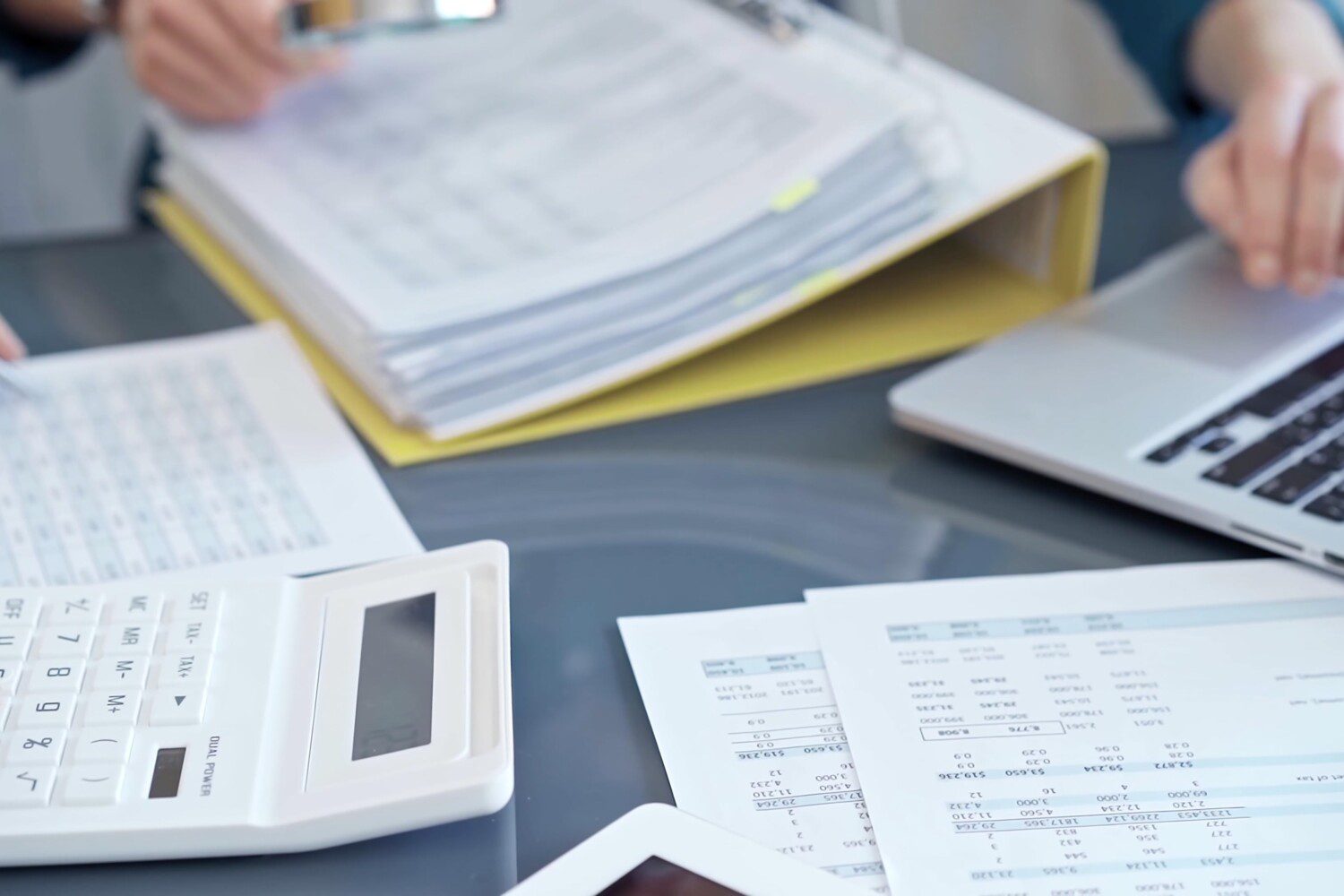As a business owner, managing expenses and optimizing tax strategies are crucial for maintaining profitability. One effective method to reduce taxable income is through depreciation.
What is Depreciation?
Depreciation is an accounting method used to allocate the cost of tangible assets over their useful lives. Instead of deducting the entire cost of an asset in the year it was purchased, businesses spread the deduction over several years. This reflects the asset’s wear and tear and usage in generating revenue.
Common depreciable assets include:
- Machinery and equipment
- Vehicles
- Buildings and structures
- Office furniture
Why Depreciation Matters for Taxes
- Tax Deduction: Depreciation allows businesses to deduct a portion of the asset’s cost from their taxable income each year. This can significantly reduce the amount of income that is subject to taxation.
- Cash Flow Improvement: By lowering taxable income, businesses can retain more cash, which can be reinvested into the business or used to cover operational costs.
- Asset Management: Depreciation helps businesses keep track of their asset value over time, aiding in financial planning and management.
How Depreciation Works
There are several methods for calculating depreciation, but the most common include:
- Straight-Line Depreciation: This method spreads the cost of the asset evenly over its useful life. For example, if a piece of equipment costs $10,000 and has a useful life of 10 years, the annual depreciation expense would be $1,000.
- Declining Balance Method: This method accelerates the depreciation in the early years of an asset’s life. For instance, under the double-declining balance method, you would take double the straight-line rate to calculate the depreciation expense.
- Units of Production: This method bases depreciation on actual usage. If a machine is expected to produce 100,000 units and produces 10,000 units in a year, the depreciation expense would be based on that usage.
Maximizing Depreciation Benefits
- Choose the Right Method: Select a depreciation method that aligns with your business’s financial strategy and the type of asset. For instance, if you expect an asset to lose value quickly, the declining balance method may be more beneficial.
- Keep Accurate Records: Document all asset purchases, including purchase price, date, and estimated useful life. Accurate records help ensure compliance and optimize your tax deductions.
- Consider Bonus Depreciation: Under certain tax laws, businesses can take advantage of bonus depreciation, which allows for a significant first-year deduction for qualified assets. Stay informed about the current tax code to maximize this benefit.
- Stay Updated on Tax Laws: Tax laws change frequently, so it’s essential to stay informed about any updates regarding depreciation. Consulting a tax professional can help you navigate these changes effectively.
Using depreciation as a tax strategy can provide significant financial advantages for businesses. By understanding how depreciation works and implementing it effectively, you can reduce your taxable income, improve cash flow, and manage your assets more efficiently. If you’re unsure about the best approach for your business, contact us today to ensure your business remains on the path to success

